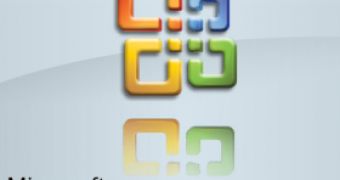With the 2007 Office System, Microsoft has overhauled the graphical user interface introducing the RibbonX UI. Takeshi Numoto, Microsoft general manager, Office Client, explained the reasons behind the user interface redesign.
In this context, the overhauled UI is a concert between a visual face-lift and a functionality revamping. Under the hood, the changes implemented to the Office interface are more than a tune-up. "While users have generally been very satisfied with the existing versions of Microsoft Office -- and the consistency of the user interface over the years has been a big part of that -- we have heard from customers that the current user interface and toolbar system had grown difficult to negotiate. As we've added more and more features to the Office applications, it's become a challenge for people to find the tools they want to use," Numoto said. As an example, he compared Word 1.0 with approximately 100 commands accessible via the main menu to Office Word 2003 where the functionality had grown to in excess of 1,500 commands.
Following customer feedback, the Redmond Company concluded that the mass of commands in Office 2007 were not only difficult to locate but also implied management issues. "In a recent customer survey, we asked users what features they wanted from the new version of Microsoft Office. More than 90 percent asked for features that were already available in Office," added Numoto.
The overhauled Office 2007 RibbonX UI is designed to enhance the program's capabilities. According to Numoto, the redesigned look is just adjacent to the functionality, while Microsoft has focused the design towards results.
"We learned what commands people click on most often and then placed 80 percent of these common commands on the first tab of the interface. We also learned what features and functionality people routinely customize. As a result, the redesigned user interface focuses on showing the most relevant command set for each application and solves 60 to 90 percent of the most common customization scenarios," concluded Numoto.

 14 DAY TRIAL //
14 DAY TRIAL //